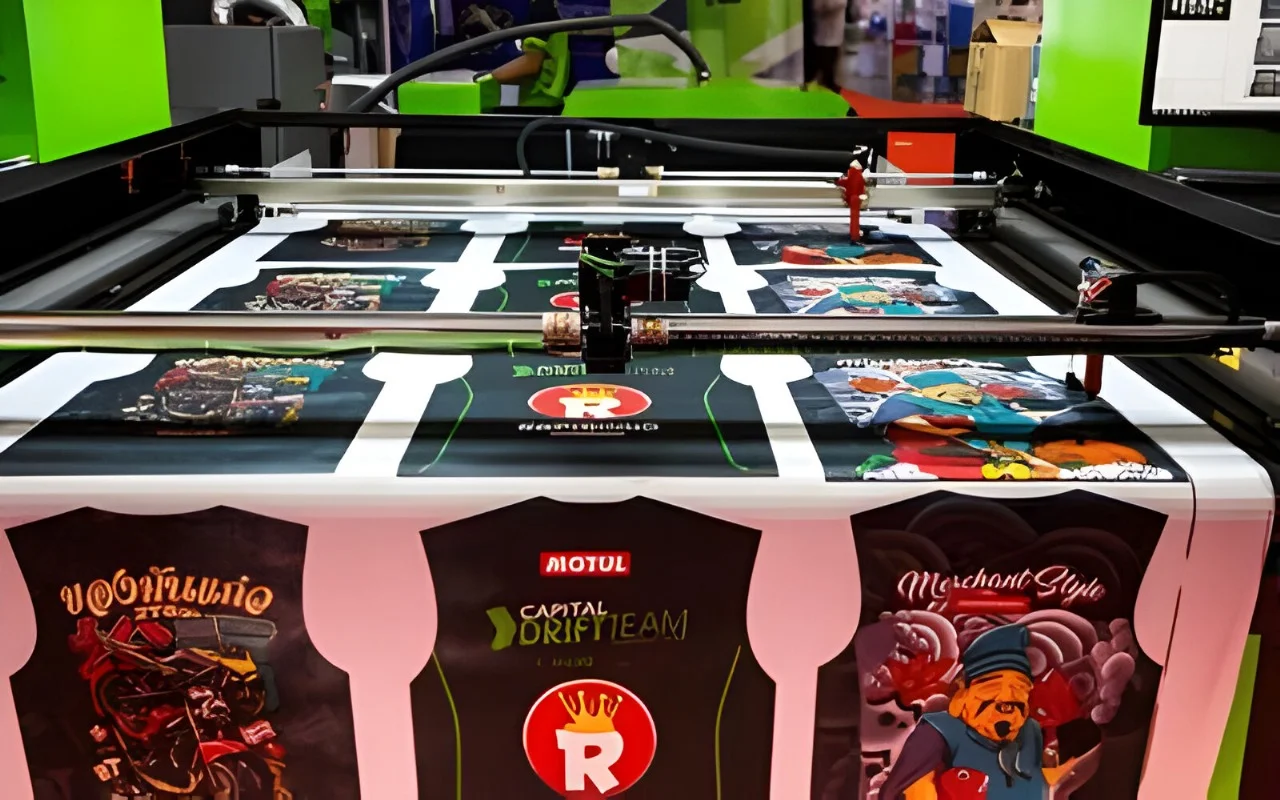In the world of textile production, creating fabrics that are not only vibrant in color but also durable and long-lasting is crucial. Reactive dye printing has emerged as one of the most effective methods for achieving these results. This innovative technique provides exceptional color depth, brilliant hues, and increased fabric longevity, making it a popular choice for both fashion and home textiles. Here’s a detailed look at how reactive dye printing works to create vibrant and durable fabrics.
What is Reactive Dye Printing?
Reactive dye printing is a process where a reactive dye chemically bonds with the fibers of the fabric, typically cellulose-based fibers such as cotton, linen, or rayon. Unlike traditional dyeing methods, which rely on surface-level absorption, reactive dyes form a strong covalent bond with the textile fibers, ensuring that the color remains intact even after repeated washes and exposure to sunlight. This chemical reaction between the dye and fiber ensures exceptional color fastness, leading to vibrant, long-lasting colors.
How Reactive Dyeing Creates Vibrant Colors
The ability of reactive dyes to bond with
is one of the reasons they produce such vibrant, rich colors. The dye molecules are designed to form a chemical link with the fiber molecules, which not only creates a more stable color but also enhances the depth and intensity of the hue. Since the dye reacts directly with the fiber, it penetrates the material more thoroughly, ensuring that the color appears more vibrant and consistent across the fabric.
Key Advantage: This deep bond allows for a wider range of color options, from bright, saturated shades to more subtle, sophisticated tones, ensuring that designers can achieve the exact look they want with superior color vibrancy.
Long-Lasting Color Fastness
One of the standout features of reactive dye printing is its superior color fastness. The strong chemical bond formed between the dye and the fiber makes the color resistant to fading due to washing, sunlight, and friction. Traditional dyeing methods often result in fading or discoloration over time, but fabrics treated with reactive dyes retain their vibrancy much longer.
This means that garments and textiles created using reactive dye printing maintain their color intensity even after numerous washes, offering consumers better value and less textile waste. For fashion brands, this translates into better-quality products that can withstand the test of time and usage.
Key Advantage: Enhanced color fastness ensures that customers receive long-lasting garments and fabrics, reducing the need for frequent replacements due to fading or wear.
Increased Fabric Durability
The chemical bonding process of reactive dyeing not only enhances color retention but also contributes to the overall durability of the fabric. Since the dye is chemically locked into the fibers, there is less risk of color running or bleeding during washing. The dye becomes part of the fabric itself, making the material more resilient to fading from repeated laundering.
Furthermore, because reactive dyes bond more effectively with the fibers, there is a reduction in the need for high levels of heat or pressure during the dyeing process, which can sometimes weaken the fabric. This helps maintain the structural integrity of the textile, contributing to longer-lasting, more durable fabrics.
Key Advantage: The durability of reactive dyes means fabrics are less prone to fading, shrinking, or losing their texture, extending the life of garments and reducing waste in the long term.
Eco-Friendly Benefits of Reactive Dye Printing
In addition to producing vibrant and durable fabrics, reactive dye printing is often considered a more sustainable method compared to traditional dyeing techniques. The process typically uses fewer chemicals and produces less wastewater, making it a more eco-friendly option for brands committed to sustainability.
Some reactive dye printing methods also allow for on-demand production, meaning designers can print exactly what they need without overproduction, which further minimizes textile waste. As consumers increasingly demand more sustainable fashion, reactive dye printing helps meet these needs while still delivering high-quality, long-lasting products.
Key Advantage: Reactive dye printing supports the growing trend towards eco-conscious fashion, offering a more sustainable way to produce colorful and durable textiles.
Flexibility in Design and Application
Reactive dye printing also offers designers and manufacturers greater flexibility in creating intricate and customized designs. The process allows for precise application, whether it’s a solid color or a complex pattern, ensuring that each fabric design can be executed exactly as envisioned. Whether it’s for fashion apparel, home textiles, or accessories, reactive dye printing provides the versatility needed to create a wide range of vibrant, detailed, and personalized designs.
Key Advantage: Designers can create a broad range of vibrant, custom designs with high precision and accuracy, enhancing the overall appeal of the fabric without compromising on color intensity or quality.
Conclusion
Reactive dye printing is a powerful method that not only delivers vibrant, rich colors but also ensures that those colors remain intact over time. With its ability to form strong chemical bonds with fabric fibers, reactive dyeing produces fabrics that are more durable, colorfast, and resistant to fading. This makes it an ideal choice for brands and consumers seeking long-lasting textiles that maintain their appeal over time. Moreover, as the fashion industry continues to embrace sustainability, reactive dye printing stands out as an eco-friendly solution that supports the creation of beautiful, high-performance fabrics.


